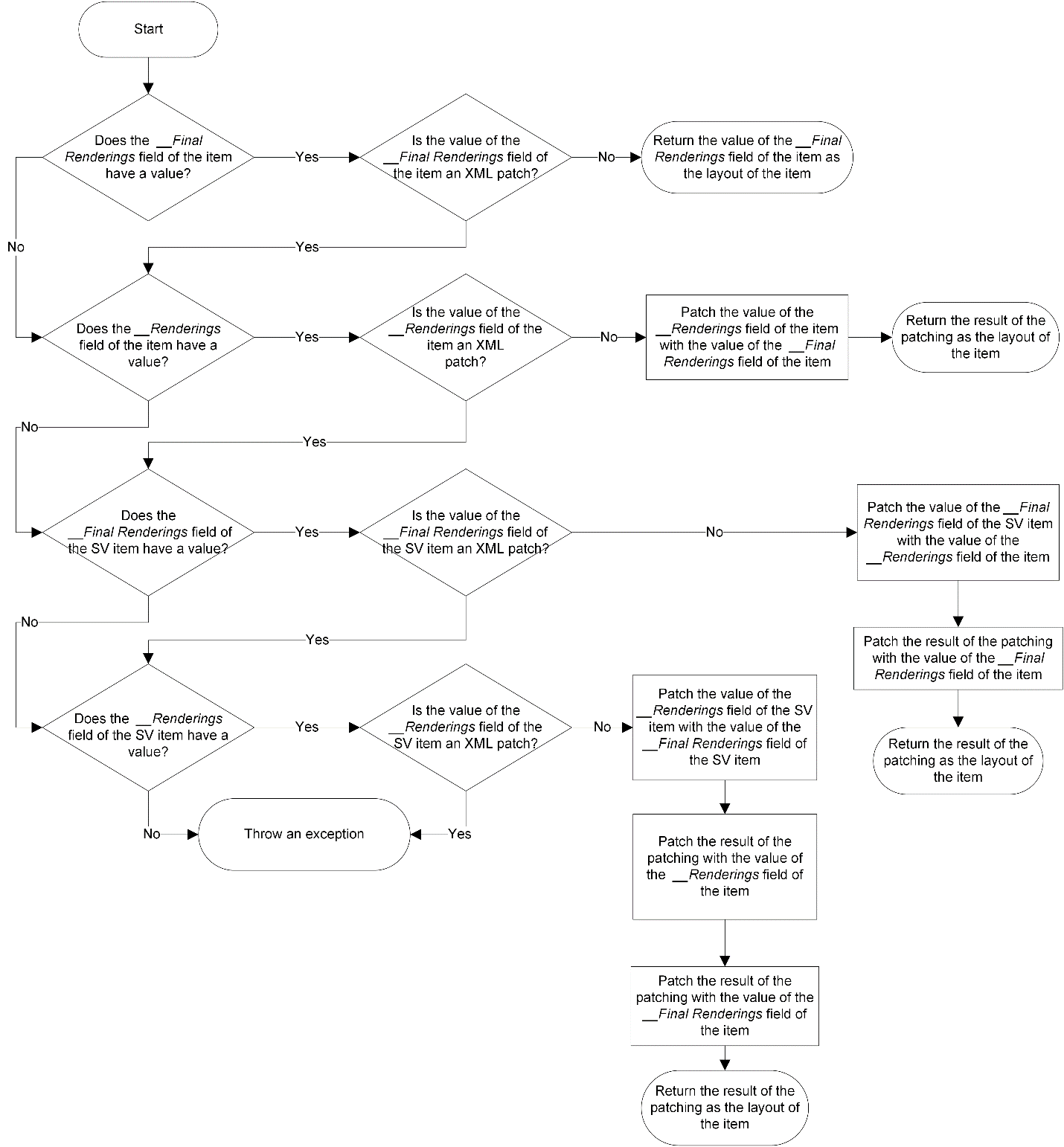Every good Sitecore developer is familiar with the principle of versioned and shared fields - an item can contain a mixture of both types. People often wrongly consider items are versioned (for simplicity), however in fact that is not quite true. Fields may have versions, not items. When user creates a new version of item in fact only new versions of versioned fields are created, and not the shared. This concept aims to address effectiveness of data storage and it works well and transparent to users. So far, so good.
Previously, we did not have similar feature for Presentation details - it was always shared. Saying Presentation I mean layout details for devices, renderings, placeholders etc. - everything that stored in Renderings field of Layout section of Standard Template every page should inherit from.

Final presentation for an item was merged from whatever stored in Standard values (for item's template) with Layout Delta (changes individually applied to item - a delta from those in Standard Values). Standard values were stored at Rendering field of Standard Values item for a template of that specific item, thus it was the chared for all the items of that particular template; Layout Delta was physically stored in Renderings (shared) field, but of that specific item, thus applied individually to that item.
Since Sitecore 8 - there is one more point for consideration - a version. Standard Template has been extended with one new field called Final Renderings, and what is principally important at that moment - Final Renderings is a versioned field. The point of introducing that new field was that now it becomes possible to have different presentation of a page for different languages and various versions. Also, now it is possible to have a specific version of page's presentation and have it published for a while (without creating duplicates and renaming the in real-time) - now all the information is stored withing same page item.

So, before, while building the presentation Sitecore had to consider only two Renderings fields - one from item's template's Standard values, another from item itself. As both parts were shared - resulting presentation was always the same across languages and versions. Previously if you wanted a page to look different for different laguages - you were limited to personalizing renderings by specifying languages and renderings in Rules Engine. No more personalisaion required since now!
At the moment we have following configuration, in that particular order on how final presentatin is calculated:
- Standard Values - Renderinds field - shared.
- Standard Values - Final Renderinds field - versioned.
- Item - Renderinds field - shared.
- Item - Final Renderinds field - versioned.
Here's the diagram (from official site) on how final presentation is calculated with the above bunch of sources of presentation:

Thus, important advice - do not use them four at the same time, as it may behave unpredictable. Before Sitecore 8 most popular combitaion user for presentation calculation was (1)-(3), less often just (1) or (3) solely by themselves. Now you may safely use combitations of (1)-(2)-(4) or (1)-(3)-(4), as they were tested and proved with time. Of course, previous (1)-(3) from migrated projects will work as before, until you modify and save it with Experince Editor. Experince Editor works with Final Renderings field and not with shared Renderings field.
These above were just brief notes about Versioned Layouts, I left that in blog mostly for myself to have quick access to. But if you may want to understand how Versioned Layouts work in details,I would highly recommend to read a series of articles called Version Layout - Mixed Feelings (part 1, part2 and part 3).
See also Sitecore item's extension methods for identifying version layouts (link).
Hope you find this post helpful!